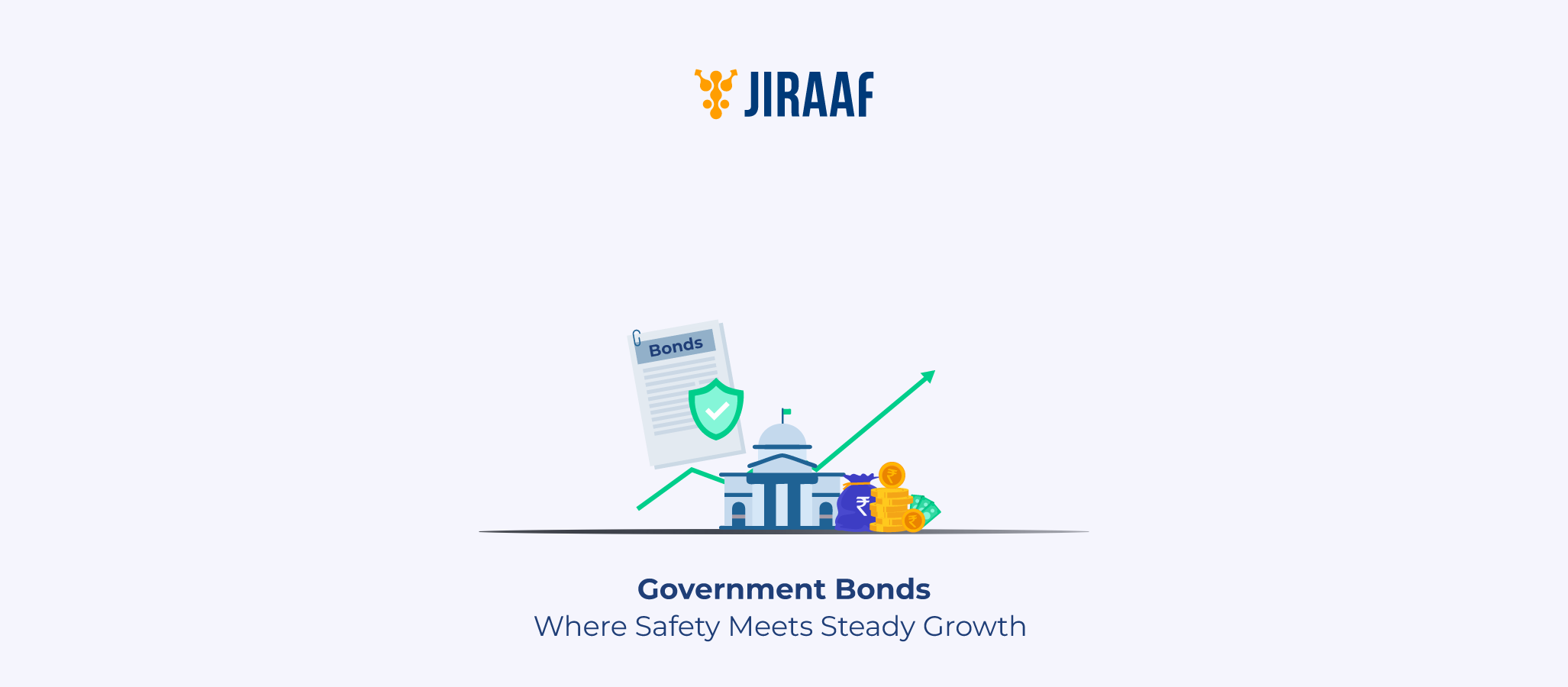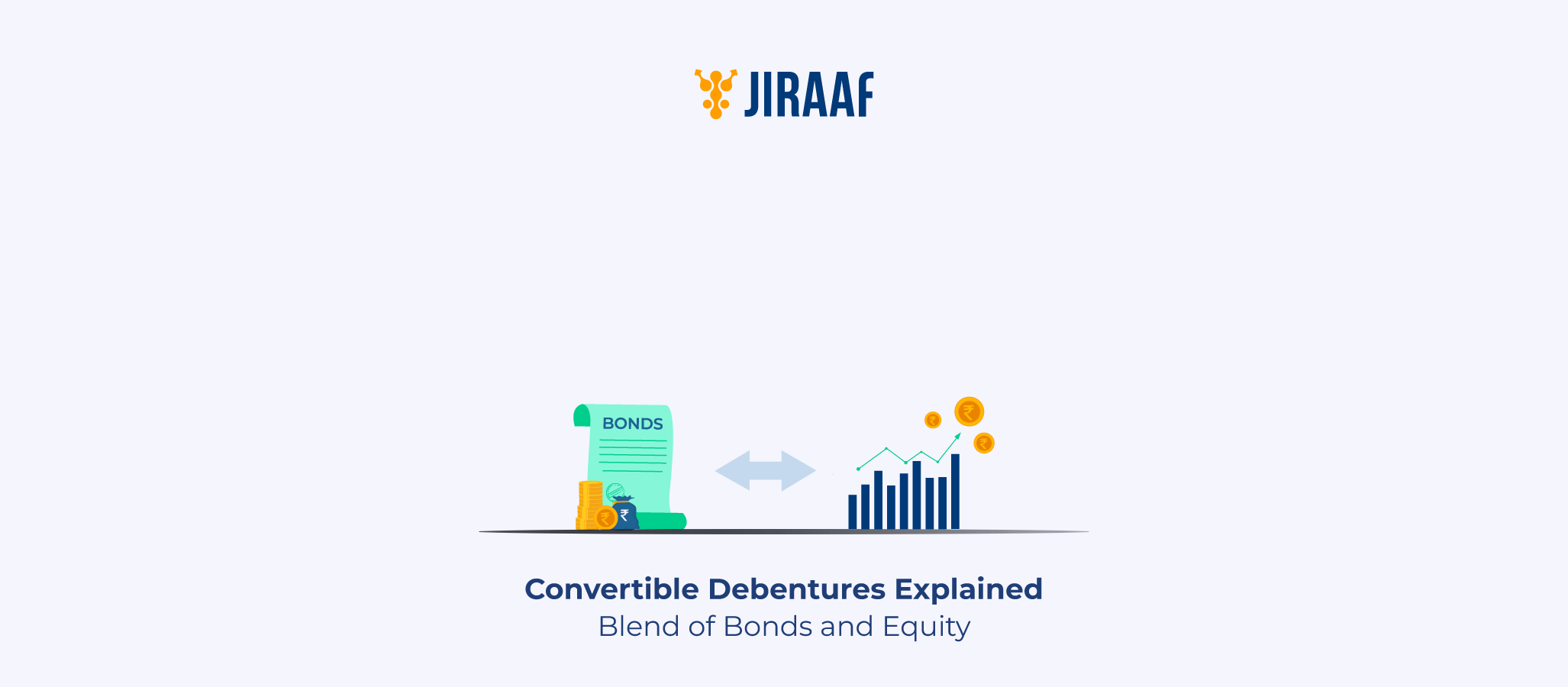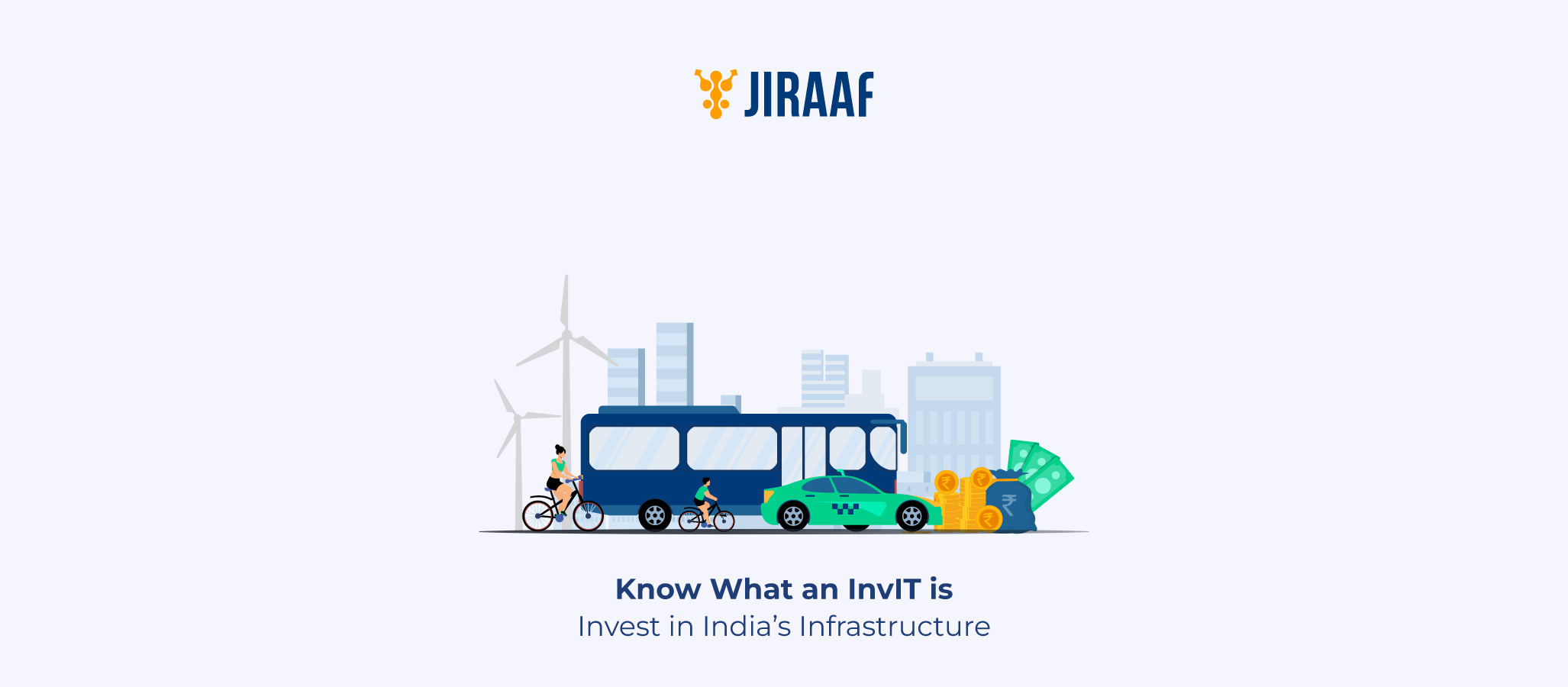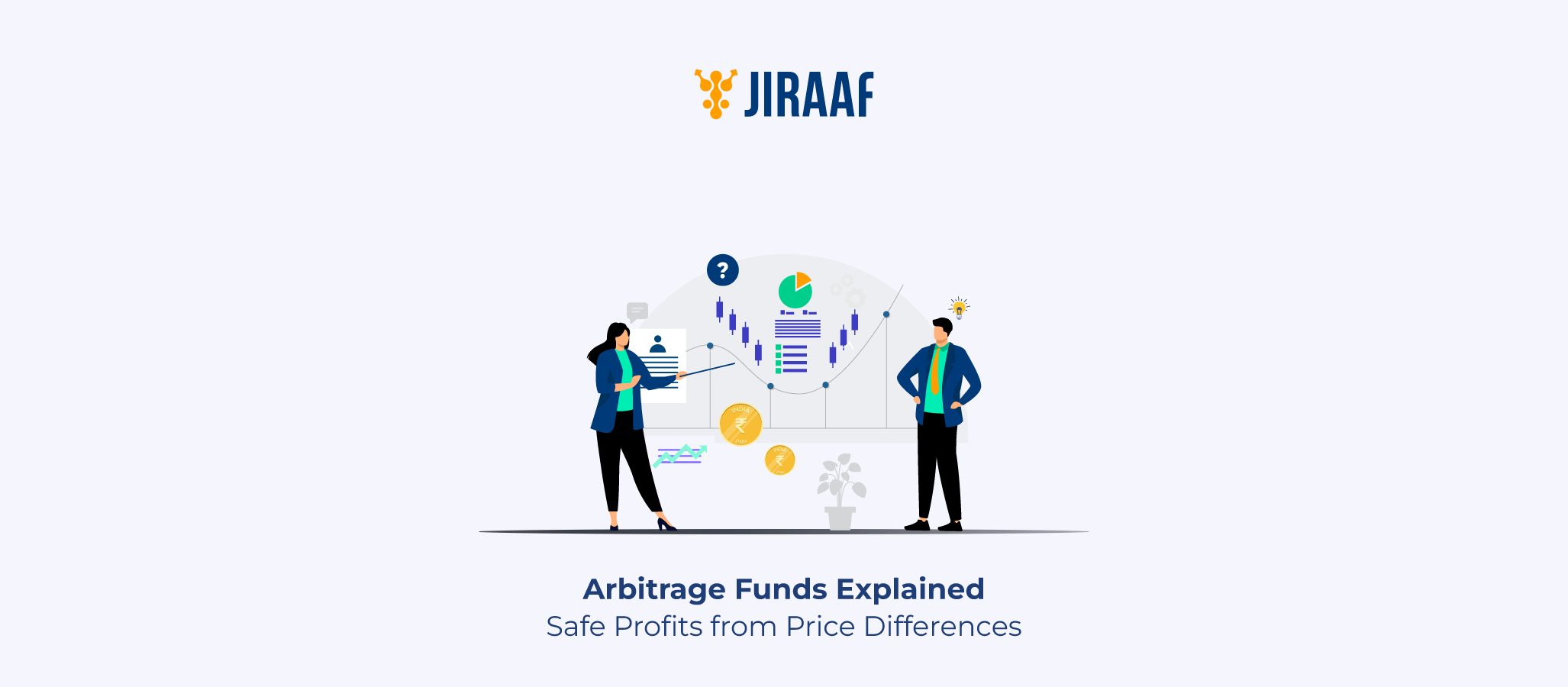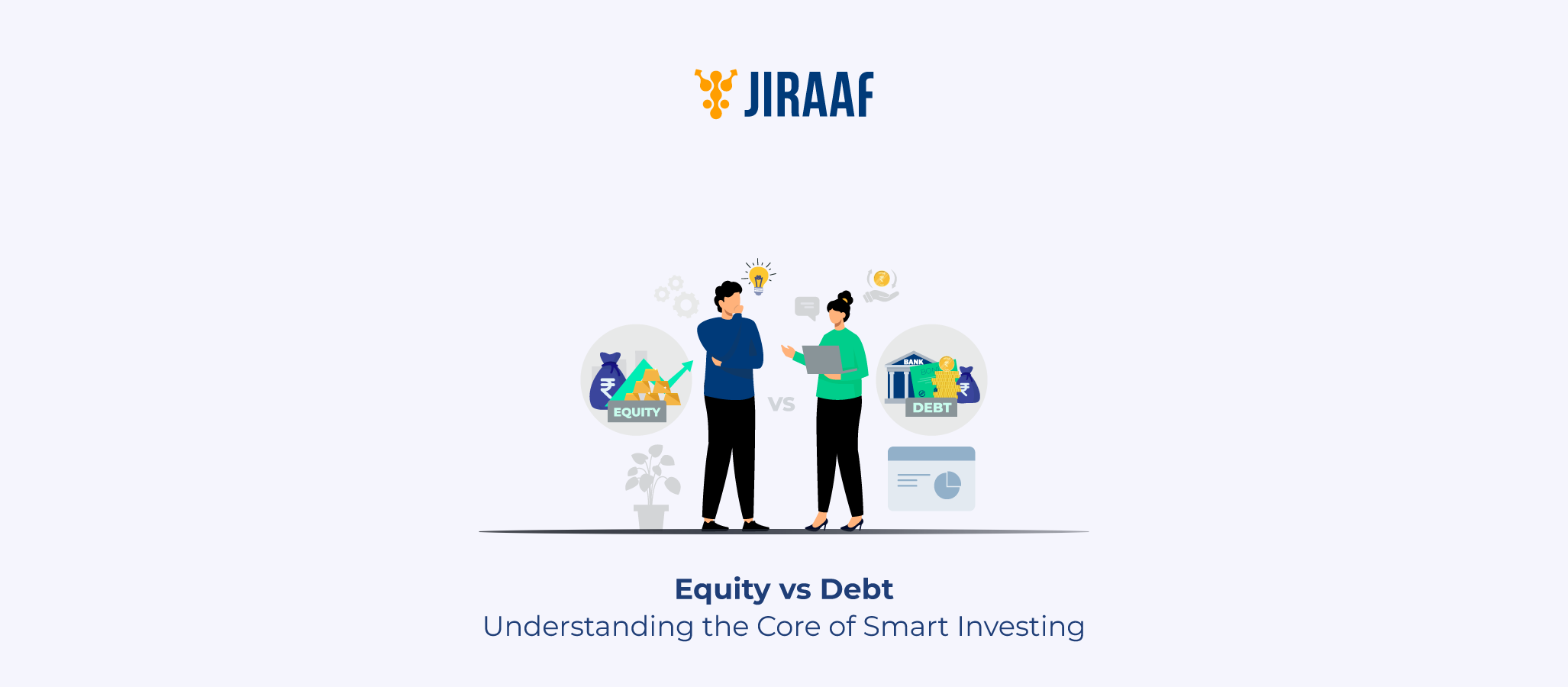Every investor’s goal is different; some look for predictable income, others aim for long-term stability, while many simply want to balance the ups and downs of their equity-heavy portfolios.
But in a market full of uncertainty, finding an investment that delivers safety without compromising returns can be challenging, especially for retail investors like you who want reliability without complexity. That’s where government bonds come in.
In this blog, we’ll explore the best types of government bonds for you and help you understand which ones align best with your financial goals.
Understanding Government Bonds in India
Government bonds, now valued at over $100 trillion (or approximately ₹135 lakh crore), make up the backbone of India’s debt market. They set the tone for the country’s entire fixed-income landscape by acting as the benchmark for pricing, liquidity, and risk across all other bonds, from corporates to municipalities.
Backed by the government’s sovereign guarantee, these bonds are built on trust and stability. Both the central and state governments, as well as municipal bodies, issue them to raise funds for projects that drive growth, from infrastructure and housing to welfare and fiscal management.
What makes government bonds interesting is their range. You’ll find everything from short-term Treasury Bills, maturing in as little as 91 days, to long-term G-secs that stretch up to 40 years. This mix of different types gives investors the flexibility to match their investments with specific goals. Let’s discuss the top types of government bonds you can invest in.
Top Types of Government Bonds in India
Government bonds in India come in many forms, each built to serve a different kind of investor and investment goal. Here are some of the most popular types you can consider.
Treasury Bills (T-Bills)
Treasury Bills are short-term government securities issued by the government of India. They are zero-coupon instruments, meaning they are sold at a discount and redeemed at face value; the difference between the two is your return. T-Bills come with maturities of 91 days, 182 days, and 364 days, offering a safe and liquid option for short-term investors.
Current indicative yields:
- 91 days: 5.4%
- 182 days: 5.5%
- 364 days: 5.8%
RBI Floating Rate Savings Bond
Backed by the Government of India, the RBI Floating Rate Savings Bond (FRSB) has a sovereign guarantee along with attractive returns of 8.05% (as of October 2025) with a seven-year tenure.
The interest rate on these bonds resets every six months, which means your earnings automatically adjust when market rates move up. There’s no upper limit on how much you can invest, giving you the flexibility to allocate funds as per your income needs, especially if you’re planning for a reliable and long-term source of interest income.
If you’re a senior citizen, the RBI has made these bonds even more convenient for you. You can redeem your investment early after a specific lock-in period, depending on your age:
- 60–70 years: after 6 years
- 70–80 years: after 5 years
- Above 80 years: after 4 years
However, partial interest payment (equal to half the interest due for the last six months of the holding period) will be paid upon premature withdrawal for senior citizens.
Tax-free Bonds
Tax-free bonds are typically issued by government-backed institutions to raise funds for long-term public projects like roads, housing, and power infrastructure.
What makes them truly attractive is their tax-efficient structure — the interest you earn is completely exempt from income tax under Section 10(15) of the Income Tax Act, 1961. This means the rate you see is effectively the rate you keep, with no deductions at the end of the year.
Tax-free bonds usually offer interest rates between 5.5% and 7%, paid annually or semi-annually, depending on the issue. While the returns may seem modest compared to equities or corporate bonds, their post-tax efficiency and sovereign backing make them a strong contender for conservative investors.
Inflation-Indexed Bonds
Inflation-indexed bonds (IIBs) are designed to help you protect your money’s real value over time. Unlike regular bonds, both the principal and interest on these bonds are linked to the Consumer Price Index (CPI), which means your returns automatically adjust to keep pace with inflation.
In simple terms, when prices rise, the bond’s value and interest payments rise too. This ensures your purchasing power stays intact, even during periods of high inflation. It’s a feature that makes IIBs particularly useful when you’re planning long-term goals like education or retirement, where inflation can quietly erode returns over time.
Most IIBs come with medium- to long-term maturities and typically offer a real return of 1–2% above inflation. For instance, the S&P India Sovereign Inflation-Linked Bond Index has given 5.23% over a 5-year period.
Each of these government bonds offers something unique, from short-term liquidity to long-term inflation protection. But knowing your options is just half the picture. To make the most of them, you also need to understand why they’re worth adding to your portfolio. Here’s why government bonds continue to stand out as a smart choice for retail investors.
Why Retail Investors Should Invest in Government Bonds
For decades, an Indian saver’s idea of safety began and ended with the fixed deposit. Even today, the RBI notes that nearly 45% of household savings stay locked in FDs, quietly earning modest returns. But if safety is the goal, government bonds bring the same sovereign protection, often with better yields and tax advantages. Here are additional reasons why every retail investor should have government bonds in their portfolio.
- Earn Higher Yields Than Alternative Fixed-income Options
Government bonds often offer better post-tax returns than instruments like traditional FDs or small savings schemes. With options such as RBI Floating Rate Bonds and Tax-Free Bonds, you can earn more without taking on additional credit risk.
- Benefit from Capital Gains When Interest Rates Fall
When market interest rates decline, the prices of existing bonds rise, creating a chance for capital appreciation. Long-duration G-secs, in particular, can deliver steady gains in such rate cycles while continuing to pay regular interest.
- Balance your Portfolio Through Diversification and Risk Control
Adding government bonds helps reduce volatility in an equity-heavy portfolio. Their low correlation with the stock market creates a stable foundation, allowing your overall investments to stay balanced even during uncertain times.
- Protect Wealth with Stability and Capital Preservation
Backed by the sovereign guarantee of the government of India, these bonds offer unmatched safety for your principal. They’re ideal for investors who want predictable returns and long-term peace of mind, without worrying about market swings.
How to Invest in Government Bonds in India
Step 1: Visit the RBI Retail Direct Portal
Head to rbiretaildirect.org.in and click on ‘Open RBI Retail Direct Account’ to begin.
Step 2: Register your Account
Enter your basic details such as your name (as per PAN), PAN number, date of birth, mobile number linked with Aadhaar, and email ID. Create a username and password of your choice to complete the registration.
Step 3: Complete your KYC Verification
Next, verify your identity through Aadhaar-based digital KYC. You’ll need to record a quick video for identification and upload supporting documents, including your PAN card, bank details, and specimen signature.
Note: Make sure to complete this step within three days of registration.
Step 4: Link and Validate your Bank Account
Connect your savings account that supports net banking or UPI. The RBI portal will automatically validate your account to ensure smooth transfers for investments, interest payments, and redemption proceeds.
Step 5: Activate your Retail Direct Gilt (RDG) Account
Once your KYC is approved, your RDG account will go live. You’ll receive login credentials on your registered email ID, allowing you to buy, hold, and sell government bonds directly, both in primary auctions and in the secondary market.
Step 6: Start Investing with Ease
Log in to your account and explore available bond issuances or ongoing auctions. You can place non-competitive bids, make payments via UPI or net banking, and once allotted, your bonds are automatically credited to your RDG account, no paperwork, no hassle.
Note: If you prefer more flexibility, you can also invest in similar bonds through online bond platforms like Jiraaf that partner with multiple issuers and offer easy comparisons.
Conclusion
In a market where investors constantly chase high returns, government bonds quietly remind you that not every win should necessarily come from taking risks. They’re the steady friend in your portfolio, built for those who value stability over speculation.
For retail investors like you, they’re more than just a safe place for money; they’re a smart way to protect your capital, stay ahead of inflation, and earn returns you can count on.
